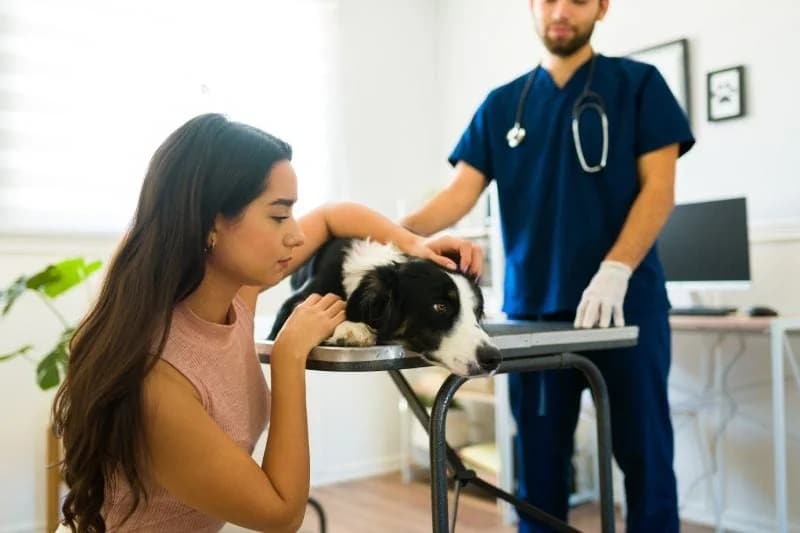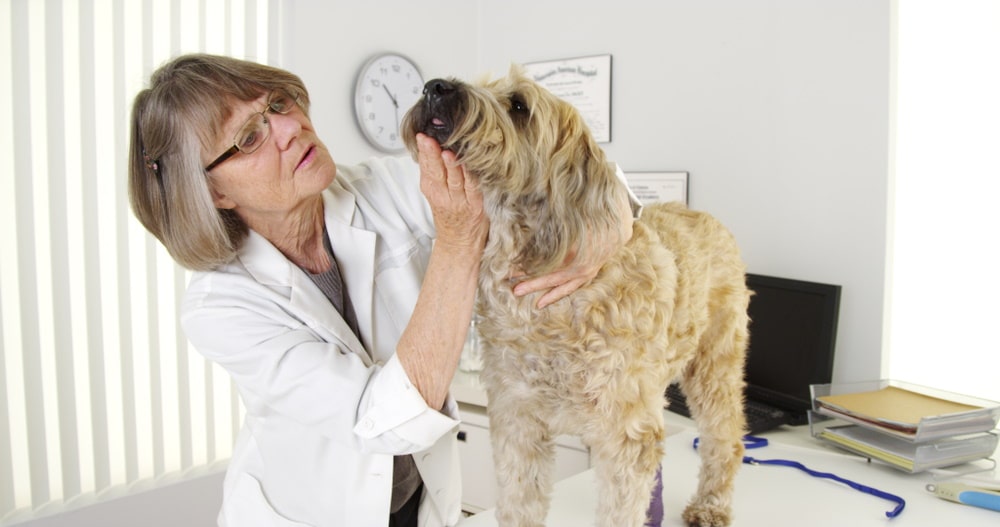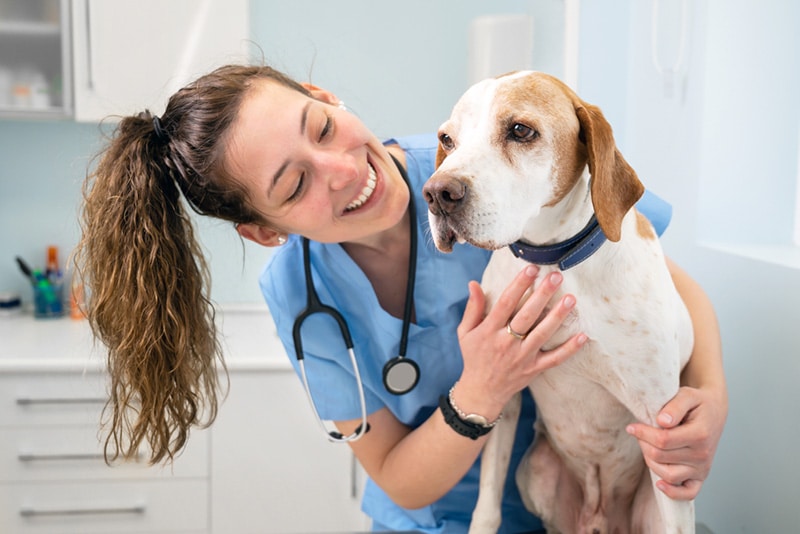I’m not writing this column to kill the dreams of aspiring veterinarians. I was, for much of my life, an aspiring veterinarian. Going to veterinary school was my dream, and I lived that dream. I got lucky: I entered the profession at a time (the year 2000) of prosperity. The demand for associate (as employees are known) veterinarians was high. I received seven job offers before graduation. Although my student debt seemed huge at the time, it was in fact very manageable – it was significantly less than a year’s salary.
If you are a young person whose dream is to be a veterinarian, then of course you should try to live that dream. I’m not trying to discourage you. But I believe that you deserve to know what you’re getting yourself into. It’s not an easy thing for me to do. And evidently it’s not easy for many veterinary organizations and veterinary schools, or for individuals such as John de Jong, a writer at the Boston Herald, to face up to the current reality of our profession either. The unfortunate reality of our profession is that it is in crisis, and that inexperienced vets (which is what aspiring vets turn into after they graduate from veterinary school) are generally the most heavily impacted by the crisis.

I decided to write this article after reading a piece by Dr. de Jong that appeared in the Boston Herald on January 1. It starts with a letter from the father of a 13-year-old aspiring veterinarian. He asks for advice and pointers to help with the road ahead. He alludes to the high cost of veterinary education (good instinct, Dad), and asks what his daughter might reasonably expect as she works toward her dream.
Dr. de Jong’s reply is that veterinary medicine is a fantastic career (true, in my opinion, although it contains its share of bullshit, like every career), that the smell of puppy breath is wonderful (also true, but not relevant to the question that was asked), and that veterinarians can pursue careers in many disciplines such as public health, research, and food production (true, but they may not be able to pay off their student loans in those disciplines or in any discipline). He wishes the young lady success in reaching her dreams, and so do I.
But his response, unfortunately, perpetuates the fantasy that veterinary medicine is a dream career, a guaranteed path to happiness where nothing can go wrong. Sadly, reality does not always match that fantasy. Although it has worked out well for Dr. de Jong and for me, others have not been so lucky.
I reiterate that I am not trying to kill the dreams of aspiring veterinarians. But, unfortunately, the reality of the profession is killing the dreams of many vets — especially younger and less experienced ones.
A lot has changed since I graduated from veterinary school. Instead of seven job offers, many new graduates now consider themselves lucky to get one. Several new schools have opened or have finally (after years of trying) received accreditation from the American Veterinary Medical Association (AVMA), which is an essential step in producing hirable graduates (to the extent that work exists for any new graduates in these times); many existing vet schools have increased class size (for instance, the Journal of the American Veterinary Medical Association reported on December 15 that the Virginia-Maryland Regional College of Veterinary Medicine was working to increase class size – and tried to make it sound like that was a good thing). This means that more vets are hitting the market at a time when demand is stagnant. More schools and larger class sizes make it easier to get into vet school (which might sound good to aspiring veterinarians), but many vets worry that this will dilute the overall talent, skills, and standards of the profession.
More vets entering the job market during tough times translates into higher unemployment (although veterinary unemployment still pales in comparison to unemployment in the general population, it is markedly higher than when I entered the field), more difficulty finding jobs, and slower growth in starting salaries. When I applied to vet school it was considered a matter of course that demand and opportunities for vets, as well as starting salaries, could only increase. However, anyone who checks out the Veterinary Information Network (VIN, an online resource for vets and vet students) will see countless tales of hardship and woe from senior students, new graduates, experienced associates, and practice owners alike. But the students and new graduates are the worst off.

Although demand and opportunities for vets cannot reasonably be expected to continue to climb forever, two things are absolutely guaranteed to go up, and up, and up: educational expenses and student debt. The cost of veterinary education, and the subsequent debts with which new graduates are saddled, have exploded and are continuing to rise at astronomical rates. My debt was less than a year’s salary, and the standard repayment term when I graduated was ten years. My cohort is now mostly free of student debt. Current graduates are burdened with debts that are equivalent to several years’ salary (the average student debt for graduating veterinarians is now $142,000; the average starting salary for veterinarians not taking low-paying internships or academic positions is $66,469*). The standard debt repayment term is swelling to to 30 years. This means that current graduates may be saddled with educational debt for their entire careers – while at the same time struggling to find employment and suffering from stagnating salaries. The debt burden of a veterinary education seems certain to become ever more stifling.
I love my career, and my life is good. But I got in when the getting was good. Good times may return to the field of veterinary medicine, but a career in the field is not the bed of roses that some veterinary organizations and veterinary schools would like aspiring vets to believe.
I hope that you will all be able to follow your dreams. But for aspiring veterinarians, it is imperative that those dreams be based in reality.
*Salary and debt figures are taken from an article on the VIN News Service by Edie Lau titled “Student Debt Relief Option: Instant Gain, Long Term Pain”, one of a series that discusses the trials and tribulations of newly graduating veterinarians. I strongly encourage all prospective veterinarians to read the entire series by following the link. Here is a small quote from the article:
Picture this: Ever since you were a kid you wanted to be a veterinarian. You excelled as an undergraduate, made it into veterinary school, survived four more years of education and now, even in a difficult economy, youve landed a job. The bad news? You owe $142,000 plus interest on student loans.
Under the standard 10-year payment plan, youre on the hook for $1,634 each month. With a yearly income of $70,000 as an associate veterinarian in private practice, thats a sizable chunk 28 percent of your gross income, and even more of your take-home pay. Youve made it into your dream profession and the work is great, but youre still scrimping like a student with no promise of relief ahead.
Featured Image Credit: David Herraez Calzada, Shutterstock









